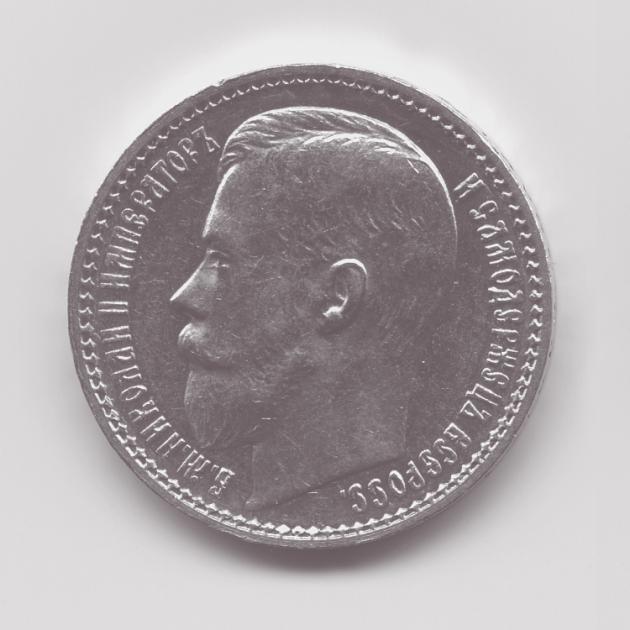
Russian gold standrat
Золотая монета достоинством в 15 рублей
1897
On the initiative of Sergey Witte the rouble finally joins the gold standard.
A treaty between Russia and Austria-Hungary agrees to maintain the status quo in the Balkans.
Formation of the General Jewish Labour Bund in the Russian Empire.
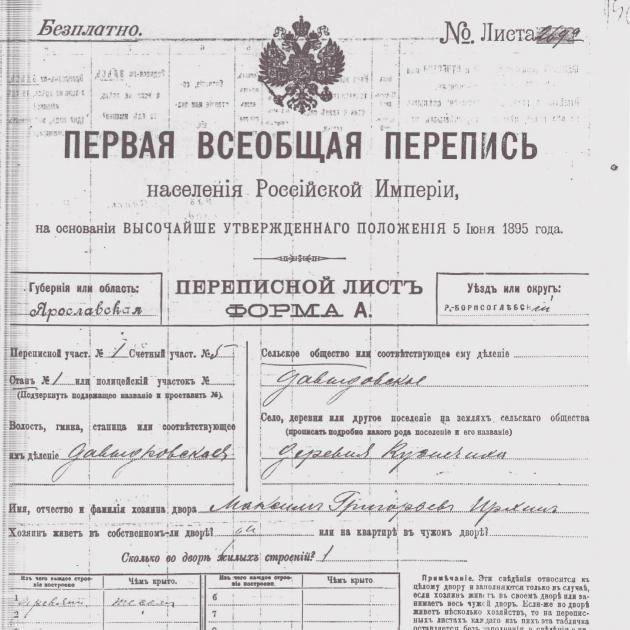
First general census across the Russian Empire (not including Finland), establishing a population of 126 million.
Переписной лист, использовавшийся при первой всеобщей переписи населения в Российской империи
1897
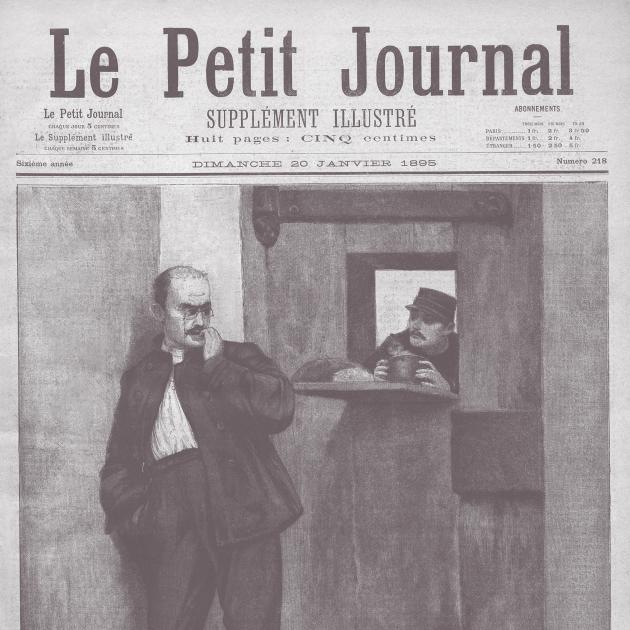
The Consequences of the Dreyfus Affair
Альфред Дрейфус в тюрьме
Первая полоса газеты Le Petit Journal
Выпуск 20 августа1895
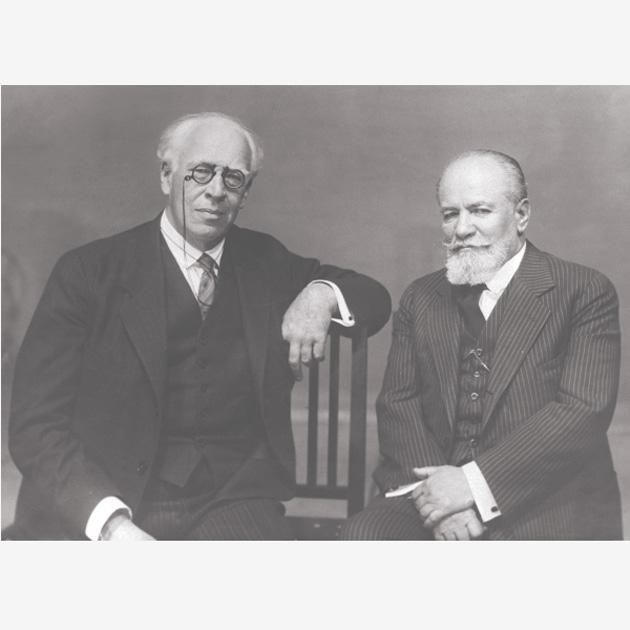
Konstantin Stanislavsky and Vladimir Nemirovich-Danchenko agree to found the Moscow Arts Theatre, with the first as producer and director, the second as literary director.
Константин Сергеевич Станиславский и Владимир Иванович Немирович-Данченко
1928
© РИА Новости
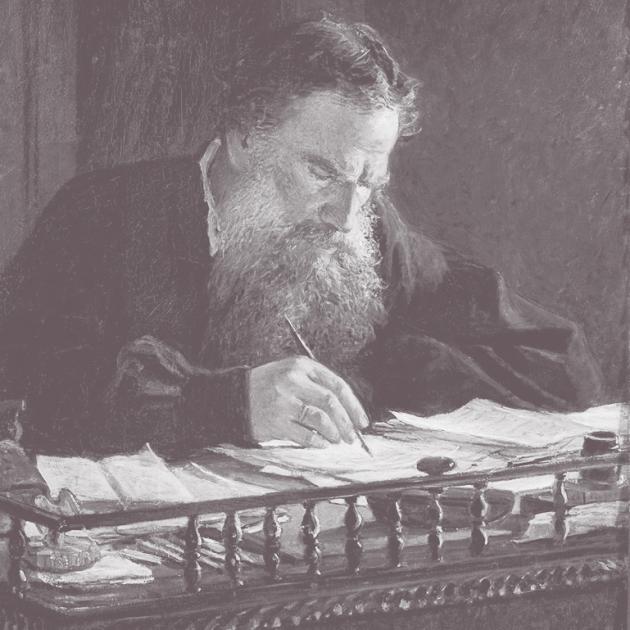
Leo Tolstoy’s What is Art
Н.Н.Ге
Портрет Льва Николаевича Толстого (фрагмент)
1884
Холст, масло. 95 х 71,2
Государственная Третьяковская галерея, Москва
In What is Art Leo Tolstoy divided art into good and bad, asserting that good art should inspire a sense of common brotherhood, that it should be based on an emotional tie between the artist and his audience. Amongst those producing the opposite kind of art he named Richard Wagner and Ludwig van Beethoven. Tolstoy applied all his considerable power to an attack on Impressionism and other forms of artistic expression, which he defined as decadent.

Igor Grabar’s Decline or Renaissance?
Ф. А. Малявин
Портрет Художника Игоря Эммануиловича Грабаря (фрагмент)
1895
Холст, масло. 131 х 63
Государственный Русский музей, Санкт-Петербург
In a supplement to the periodical Cornfield [Нива] a young artist and art historian, Igor Grabar, published the article ‘Decline or Renaissance’ in which he analysed the state of Western contemporary art. Grabar’s central art historical tenet underpinning this and other writings lay in the rejection of ‘photographic realism’. Somewhat later the artist was to apply in his own works a technique based on the achievements of Claude Monet and the Divisionists, thereby allowing Abram Efros to call him ‘an Impressionist meteorite fallen into the midst of our painting’.
Mikhail Morozov and Sergey Shchukin start to make regular trips to Paris to acquire French paintings.
Paintings by Claude Monet are shown at international exhibitions in Venice and Dresden.
Compromise on the Collection of Gustave Caillebotte
In February the collection of Gustave Caillebotte went on public display in the Musée du Luxembourg. For the very first time, despite the opposition of the arbiters of taste in the Salon and the Academy of Arts, people could see a broad range of Impressionist paintings. But the exhibition was possible only after a long battle waged against the conservative rules of the Salon and the Museum administration by Claude Monet, Auguste Renoir and other Impressionists. The compromise which was eventually arrived at made it possible at last to exhibit a large number of Caillebotte’s Impressionist masterpieces but the greater part of the collection bequeathed to the nation under the terms of his will had already been rejected: these paintings were later to be sold. Only Edgar Degas avoided rejection: all seven of his pastels were accepted by the commission set up at the Musée du Luxembourg. Of four works by Édouard Manet two were declined, and a similar fate met those of Paul Cézanne. Just eight of Monet’s sixteen were accepted, seven of Camille Pissarro’s eighteen, five of Alfred Sisley’s nine. Even so, conservative artists and their supporters were disappointed that they had not been able to entirely isolate the new art.
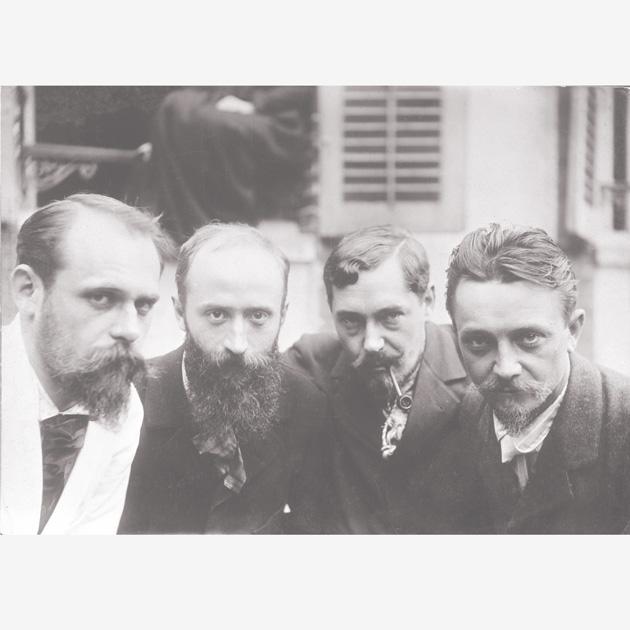
Exhibition by the Nabis group (Maurice Denis, Pierre Bonnard, Édouard Vuillard etc) in Ambroise Vollard’s Paris gallery.
Художники группы «Наби» Кер-Ксавье Руссель, Эдуар Вюйар и Феликс Валлатон с писателем Romain Coolus
Текст:
А. Костеневич
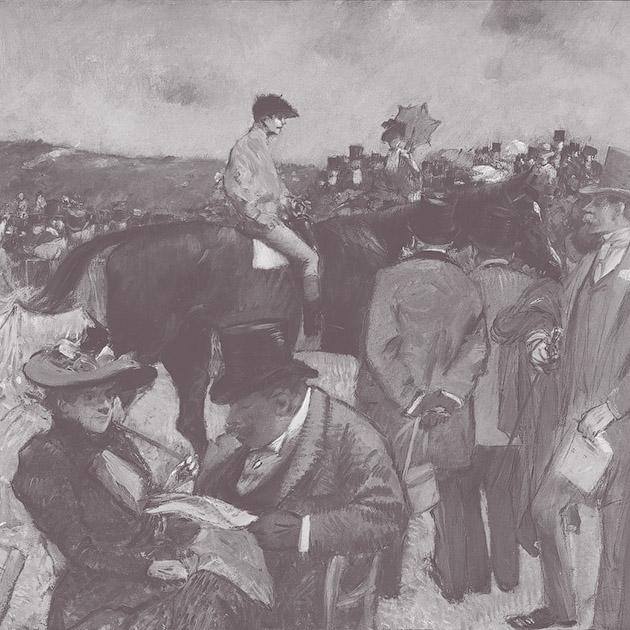
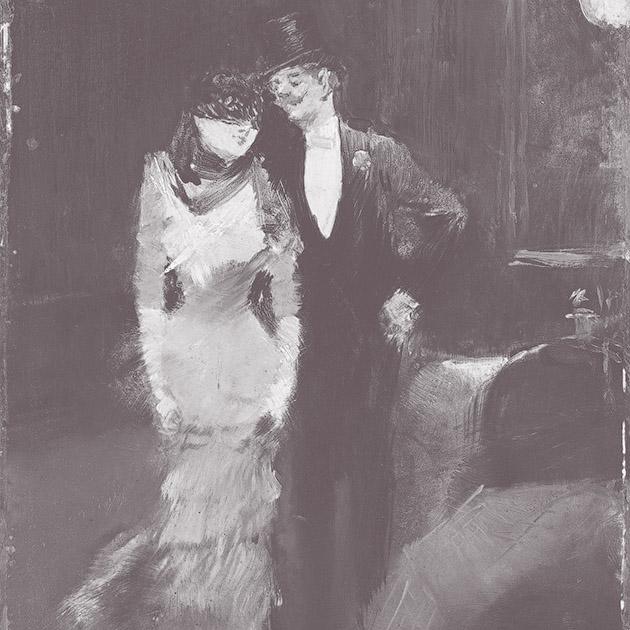

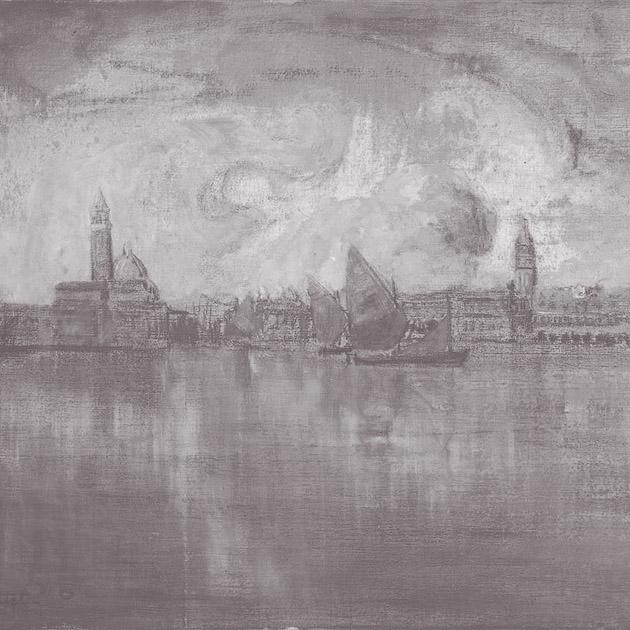 1 / 4
1 / 4Sergey Shchukin Starts to Collect French Painting
Жан Луи Форен
Скачки
Конец 1880-х
Холст, масло. 37,8 x 45,2
Государственный музей изобразительных искусств имени А.С. Пушкина
Жан Луи Форен
Выход из маскарада
Конец 1880-х
Холст, масло. 21 x 15,2
Государственный музей изобразительных искусств имени А.С. Пушкина
Люсьен Симон
Судовщики
Ок. 1897
Холст, масло. 122,5 х 185,5 (в свету)
Государственный музей изобразительных искусств имени А.С. Пушкина
Шарль Котте
Вид Венеции с моря
Ок.1896
Холст, масло. 4,8 х 82,2
Государственный Эрмитаж
Возможно, в 1897 году С. И. Щукин приобрел картины Жана-Луи Форена («Скачки», 1880-е, «Выход из маскарада», 1880-е), Люсьена Симона («Судовщики», 1897) и Шарля Котте («Виды Венеции», ок. 1896), хотя документальные данные отсутствуют, и указанные произведения могли появиться в Москве год или немногим больше спустя. Все эти приобретения имели компромиссный характер. Картины Форена были подражаниями Эдуарду Мане и Эдгару Дега, лишенными творческой смелости этих мастеров, но сдобренными слегка комической занимательностью. Произведения Симона и Котте привлекли Щукина своей тематической близостью к живописи русских передвижников. Большое полотно «Судовщики» изображает бурлаков, но без репинской обстоятельности, более «смело» и современно, но на самом деле поверхностно; неслучайно со временем Щукин перестанет включать эту картину в свои развески. Венецианские виды Котте несомненно напомнили начинающему собирателю западной живописи такие популярные в Москве в 1890-е годы картины, как «Притихло» (1890, ГРМ) Н. Н. Дубовского, — с поправкой на все же большие талант и мастерство Котте.
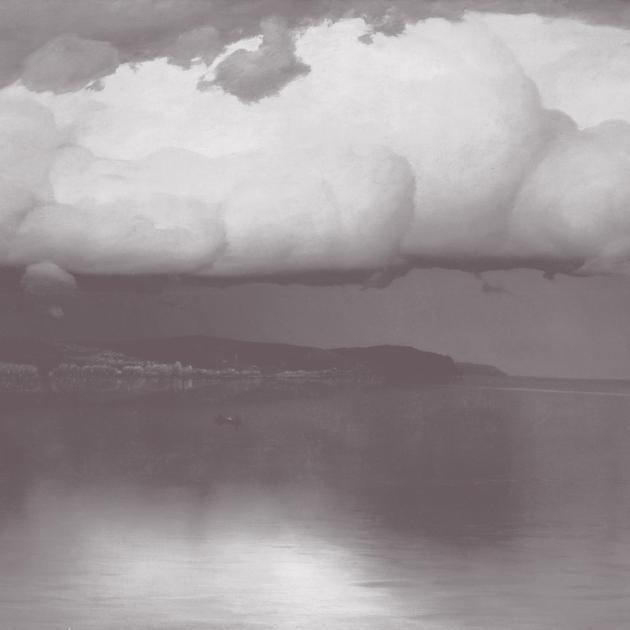
Николай Дубовской
Притихло
1890
Холст, масло. 76,5 х 128
Государственный Русский музей, Санкт-Петербург
Через четверть века Я. А. Тугендхольд, близко стоявший к собирателю в 1910-е годы, писал: «Первыми приобретениями Щукина в конце 90-х годов были пейзажи Таулоу и Патерсона, Котте и Симона и “Испанки” Сулоаги – искусство золотой середины, стоящее в стороне от великого и бурного русла современности».
Текст:
А. Костеневич